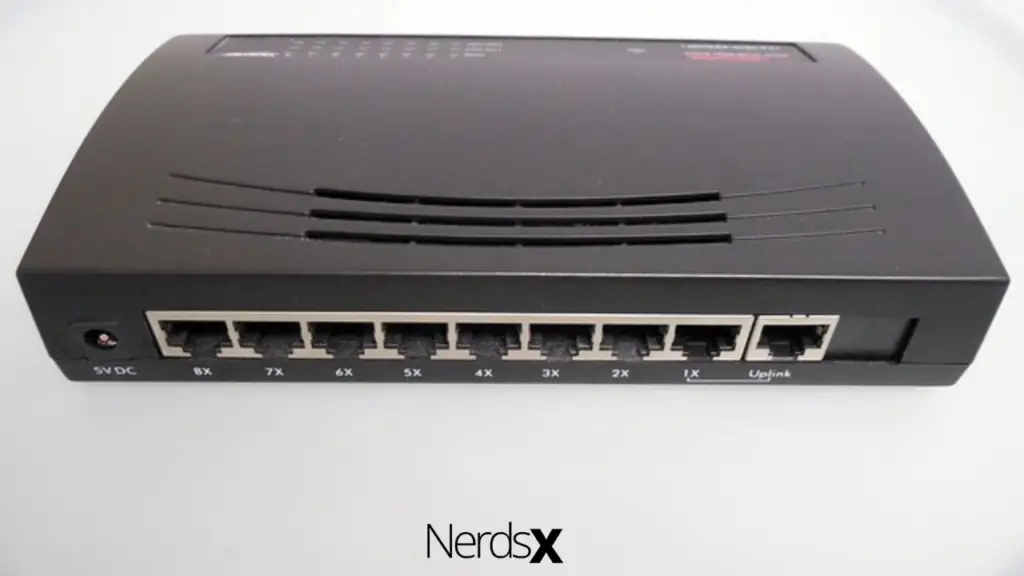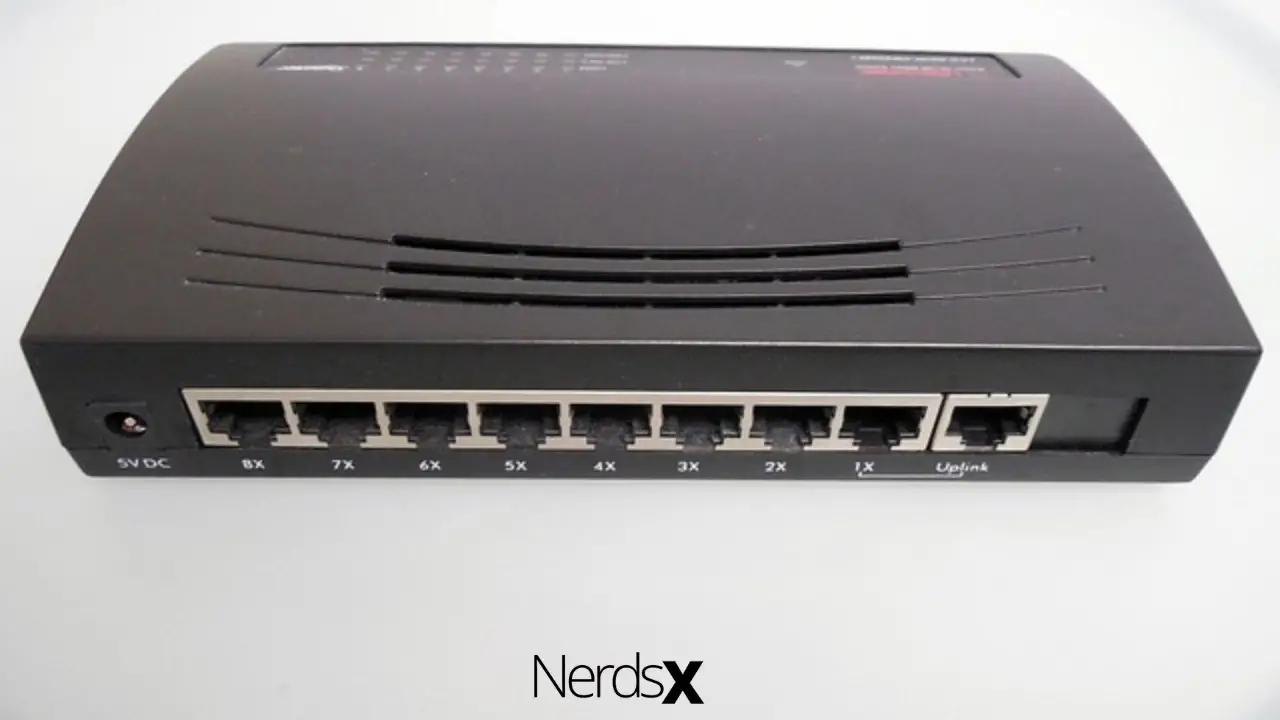When internet connections are sluggish, poor WIFI signals may be irritating. That means that there will be lags in gaming, streaming, or doing anything else that requires internet access. Fortunately, most WIFI service providers have adopted current technologies such as fiber optics, ensuring that internet speeds are unaffected by delays. Despite the availability of such technology, some users still rely on the conventional use of other WIFI services, which are sometimes sluggish and unreliable. As a result, understanding how to improve the Wi-Fi signal without an antenna is useful.
Here’s how to improve Wi-Fi signal on routers, even if you don’t have antennas.
Is It Possible To Use Antennas To Increase WIFI Signals?
By repeating the satellite or booster signals, an antenna is seen as the greatest solution for providing reliable network coverage.�?
However, you may utilize additional methods to ensure that you obtain stronger WIFI connections in your house. You can use several ways to do this. Some of them are comparable to the mobile phone signal booster for rural locations; however, we will not use additional components.�?
Some of these procedures may be complicated, but we will provide a detailed discussion and advice on how to increase the WIFI signal without using an antenna.
When it comes to increasing Wi-Fi signals, antennas are the greatest option. However, they have been known to cause network outages in rare circumstances. Signal collusion across multiple network bands is the most common cause of network outages. As a result, signal interruptions may occur, and some homes may not connect to Wi-Fi networks.
The appropriate antenna, which the FCC has approved, can help you get stronger Wi-Fi signals in your house. When it comes to enhancing cellular networks, mobile phone signal boosters are well-known, but the situation is different regarding Wi-Fi.
Installing an antenna is also considered tough. That makes it difficult for many individuals to utilize it since it takes some technical knowledge to set up. However, if you have some technical knowledge of telecommunication devices, you may use an antenna because it is easy to set up.

How To Boost Wi-Fi Signal Without An Antenna On A Router
There are various techniques for boosting Wi-Fi signals without using an antenna. Our staff has thoroughly tested the approaches and found that they successfully improve Wi-Fi signals.
1. Changing Your Router’s Location
The router is responsible for broadcasting Wi-Fi signals received by satellite or fiber-optic networks. Moving your router to a more convenient spot for broadcasting signals is smart to improve Wi-Fi signals. If your router is in a low-traffic area, try moving it to a higher-traffic area to make it simpler to disseminate signals across the home.
You may also put the router in the middle of your homestead to make it easier to disseminate the signals. If a global barrier exists between you and the location where you wish to receive signals, you may need to part with some cash and get a repeater to broadcast signals to your device.
2. Investing In A Repeater
A repeater has many characteristics as an antenna, but it also has distinct characteristics. Only within the home state is a repeater used to extend network coverage. It’s a single device that uses an Ethernet wire to connect to the router.
You must install the repeater at a high-level location in your homestead to improve cell phone signal coverage.
However, it would help if you got a repeater compatible with your network to guarantee that signal disruptions are avoided.
3. Upgrade Your Internet Service
If your Internet connection is sluggish, it might be due to your Internet package. Although a 3 Mbps Internet subscription may be available, this may be insufficient considering the number of users on the network.
Increasing the Internet plan is the preferred alternative for better and quicker Internet access in these situations. So, based on the number of users on the network, analyze your Internet plan and see which Internet package you may upgrade to.
4. Using New Cable Connections
Some connecting cables are prone to breakage, resulting in delayed transmissions. These connecting wires are needed to connect the router to the wireless service provider. If the cable has been tampered with, it may disrupt the Wi-Fi signal frequently.
That will necessitate speaking with your wireless service provider about accessing available cables to upgrade the network. In certain circumstances, you won’t acquire the cables from your local specialist.
5. Use Of Wired Connections
When it comes to network connectivity, wired connections are optimum. A wired network either doesn’t have a signal loss or has a very low signal loss ratio. As a result, most individuals choose to utilize an Ethernet cable over Wi-Fi since it provides stronger signals to their devices.
There are a variety of wired connections that you may employ, but Internet cables are the most trustworthy. If you can’t get an Ethernet wire, you might want to consider installing a repeater in your house.
6. Making Changes To Your Router’s Settings
You may access the Wi-Fi network settings from your computer or mobile device. All of the networks listed are fighting for network airwaves, which might cause your Wi-Fi connection to slow down.
By switching to a new channel, you can increase your Wi-Fi connection.
Download the Wi-Fi analyzer tool from the Windows Store and install it on your laptop.
When working on your Wi-Fi settings, this will eliminate the guessing. The analyzer detects interfaces produced by overlapping Wi-Fi transmissions on the same channel, and instructs you on how to change the station.
Some routers include built-in touchscreens that make it simple to change channels without following a set of restrictions.
7. Check The Frequency
You may ensure that it is configured for optimal performance from the network administrator. If you have a dual-band router, you can use the 5GHz frequency instead of the 2.4GHz channel for improved coverage.
Because it is not widely utilized, the 5GHz band provides quicker internet speeds and less interference from other devices and networks. It also handles distances effectively, allowing for a larger area of coverage.
8. Change The Channel
Interference is prevalent in highly crowded regions, especially to its inhabitants. Other wireless networks’ signals can affect speeds, cordless phone systems, and other electrical equipment.
Similarly, all current routers may switch between multiple channels when connecting with your devices. Most routers will determine the channel for you, but signal congestion will occur if other wireless networks in your area also use the same channel.�?
When set to Automatic, a decent router will strive to select the least congested channel, while many less expensive routers will select a pre-defined channel, even if it isn’t the best.�?
9. Don’t Rely On Out-Of-Date Hardware
If you desire the best performance, you can’t honestly expect it if you’re using old hardware. With back-end devices, particularly networking hardware, we tend to follow the “if it ain’t broke, don’t repair it” mindset. If you purchased your router some years ago, you might still utilize the slower 802.11n protocol.
Even if your router is new, you may have some older gadgets reverting to slower standards. You probably have an 802.11ac wireless adapter, or at the very least an 802.11n wireless adapter, if you bought a PC in the previous couple of years.
The Importance Of Wi-Fi Signal Strength
A more dependable connection is associated with a stronger Wi-Fi signal that allows you to make maximum use of the available internet speeds.
The intensity of your Wi-Fi signal is determined by several things, including your distance from the router, whether you’re using a 2.4 or 5GHz connection, and even the materials of the walls around you.�?
It’s best if you can get as near to the router as possible. While 2.4GHz connections transmit more information, they may be subject to interference. A Wi-Fi signal will be blocked by thicker walls composed of denser materials (such as concrete). Slower speeds, dropouts, and (in certain situations) complete disconnection result from a poorer signal.
Weak signal strength isn’t the cause of every connection issue. If your computer or phone’s internet connection is sluggish, try restarting your router.
If the problem is still there, the next step is to see if the issue is related to Wi-Fi. Try utilizing the internet with an ethernet-connected device. If you’re still having problems, it’s most likely the network. If the ethernet connection is working properly and a router reset hasn’t helped, it’s time to look at signal strength.
Easy Way To Check Wi-Fi Signal Strength
The first step in determining the strength of your Wi-Fi is to examine the device that is experiencing problems. It will help if you have a Wi-Fi connection indication whether you’re using an iPhone, iPad, Android, Mac, or Windows PC.�?
The Wi-Fi emblem is usually made up of four or five curving lines, with the more full lines indicating a better connection.
Every phone, tablet, and laptop is different; thus, Wi-Fi strength may vary. However, it’s worthwhile to consult a second or even third gadget. If you tested a phone, you should also test a tablet. Compare the internet speeds on both devices and look at the Wi-Fi signal strength indicators. If you get similar results with both, you’ve got a great baseline to work with.

